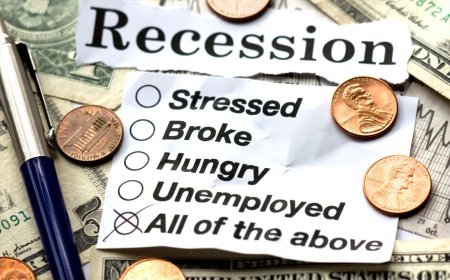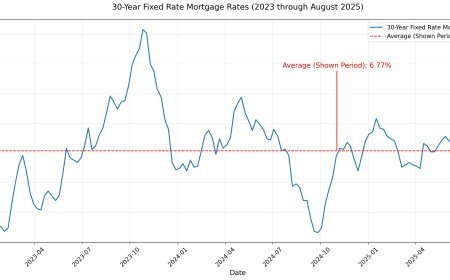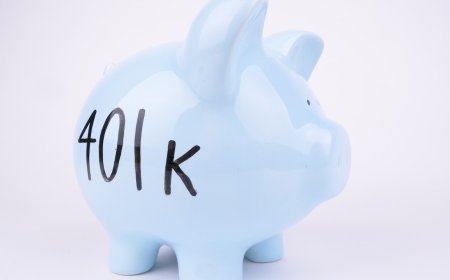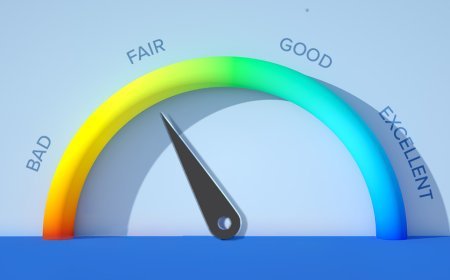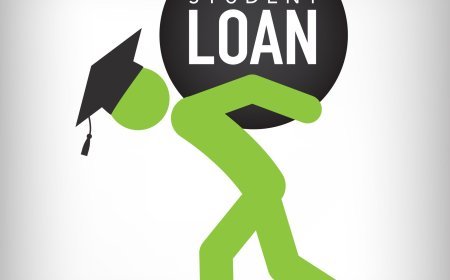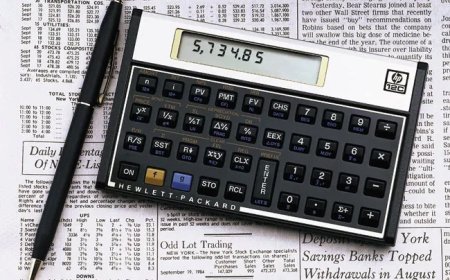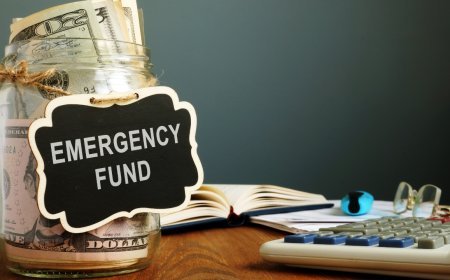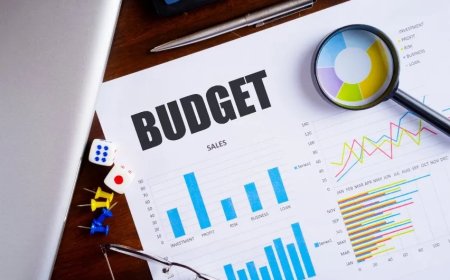The 50/30/20 Budgeting Rule: A Practical 2026 Guide to Financial Control
With living costs climbing in 2025, managing your money can feel like a juggling act. The 50/30/20 budgeting rule offers a clear, adaptable way to organize your finances without getting lost in spreadsheets or restrictive plans. Perfect for beginners, families, or anyone aiming to save more in 2026, this method splits your income into three straightforward categories: needs, wants, and savings or debt repayment. Let’s dive into how this approach can help you take charge of your finances in the year ahead, especially with inflation cooling to 2.5% and median incomes around $81,000.

In This Article:
-
Understanding the 50/30/20 Rule
-
Setting Up Your Budget in 2026
-
Adapting to Rising Costs
-
Tools and Strategies for Staying on Track
-
Avoiding Common Budgeting Mistakes
Understanding the 50/30/20 Rule
The 50/30/20 rule is a simple framework for allocating after-tax income. Half (50%) goes to needs—essentials like rent, groceries, and utilities. Thirty percent covers wants, such as dining out or hobbies, keeping life enjoyable. The final 20% is for savings (like an emergency fund) and extra debt payments beyond minimums. This balance ensures you cover necessities, enjoy some flexibility, and build financial security. In 2026, with economic pressures like 4% rent increases and 3% grocery price hikes, the rule’s simplicity makes it a go-to for those new to budgeting or seeking clarity.
Setting Up Your Budget in 2026
To apply the 50/30/20 rule, start with your after-tax income—your take-home pay after taxes, health insurance, and 401(k) deductions. Suppose you earn $4,000 monthly, a common figure for a single earner or small household. Here’s how it breaks down: $2,000 (50%) for needs, $1,200 (30%) for wants, and $800 (20%) for savings or debt.
Your needs might include $1,200 for rent (close to the 2025 national median for a one-bedroom), $400 for groceries, $200 for utilities (electric, water, internet), $100 for health insurance, and $100 for transportation (gas or transit). That totals $2,000, fitting neatly within 50%. Wants could cover $300 for dining out, $50 for streaming services, $400 for travel or hobbies, and $450 for shopping, totaling $1,200. The remaining $800 might split into $300 for an emergency fund in a high-yield savings account (4.5% APY), $300 for retirement (IRA or 401(k)), and $200 for extra credit card payments. This setup keeps your finances organized while aligning with 2026’s economic reality.
Adapting to Rising Costs
High living costs can stretch the 50% needs category, especially in cities like New York or San Francisco, where median rents hit $2,800. If your needs creep to 60% (e.g., $2,400 on a $4,000 income), you’ll need to adjust. Consider trimming wants to 20%—say, cutting dining out from $300 to $150 and skipping one streaming service ($15). This frees up $165 to keep your budget balanced while still allocating 10% ($400) to savings. If debt payments, like student loans, push your needs higher, look into refinancing high-interest debt (e.g., from 15% to 7%) to lower monthly minimums. For variable incomes, like freelancers, base your budget on a three-month income average and save windfalls in high-earning months to cushion lean ones.
Another option is boosting income. A side hustle, like freelancing or ridesharing, can add $500 monthly, letting you maintain the 50/30/20 ratios without sacrificing lifestyle. In 2025, 40% of Americans reported side hustles to combat rising costs, per Bankrate. Adjusting your budget this way ensures flexibility without derailing your goals.
Tools and Strategies for Staying on Track
Sticking to a budget requires the right tools and habits. Apps like YNAB ($14.99/month) sync your accounts and categorize spending, making it easy to track your 50/30/20 split. Mint (free) offers simple visuals for quick check-ins. Automating savings is a game-changer—set up a $400 monthly transfer to a high-yield savings account (e.g., Ally at 4.8% APY) on payday to prioritize your 20% bucket. Reviewing your budget monthly catches overspending, like blowing $600 on dining out instead of $300. For wants, try using cash or a debit card for a set amount ($1,200) to curb impulse buys. Setting clear goals—like saving $5,000 for a 2027 home down payment—keeps you motivated. In 2025, 60% of Americans struggled to save, per the Federal Reserve, but automation and regular check-ins make the 20% achievable.
Avoiding Common Budgeting Mistakes
Even a simple system like 50/30/20 has pitfalls. One common mistake is misclassifying expenses—upgrading to a premium cable package isn’t a need. Stick to strict definitions: needs are survival (basic housing, food, transport), while wants are extras. Another issue is treating debt minimums as part of the 20% bucket; they belong in needs. For example, a $200 student loan minimum goes under needs, with extra payments in the 20%. Lifestyle creep is another trap—don’t let a raise push your wants to 40%. Instead, apply 50/30/20 to new income, boosting savings by 20% of the increase. If you overspend on wants ($1,500 vs. $1,200), cut next month’s wants to $900 to rebalance. These fixes keep your budget aligned with your 2026 financial goals.
Conclusion
The 50/30/20 rule is a powerful, beginner-friendly way to manage your money in 2026. By dividing your income into 50% needs, 30% wants, and 20% savings or debt repayment, you create a balanced plan that adapts to rising costs and economic shifts. Start by calculating your take-home pay, use apps like Mint or YNAB to track spending, and adjust for challenges like high rent or debt. With discipline and small tweaks, this rule can pave the way to financial freedom. Got a budgeting tip or question for 2026? Drop it in the comments!
What's Your Reaction?
 Like
0
Like
0
 Dislike
0
Dislike
0
 Love
0
Love
0
 Funny
0
Funny
0
 Angry
0
Angry
0
 Sad
0
Sad
0
 Wow
0
Wow
0


